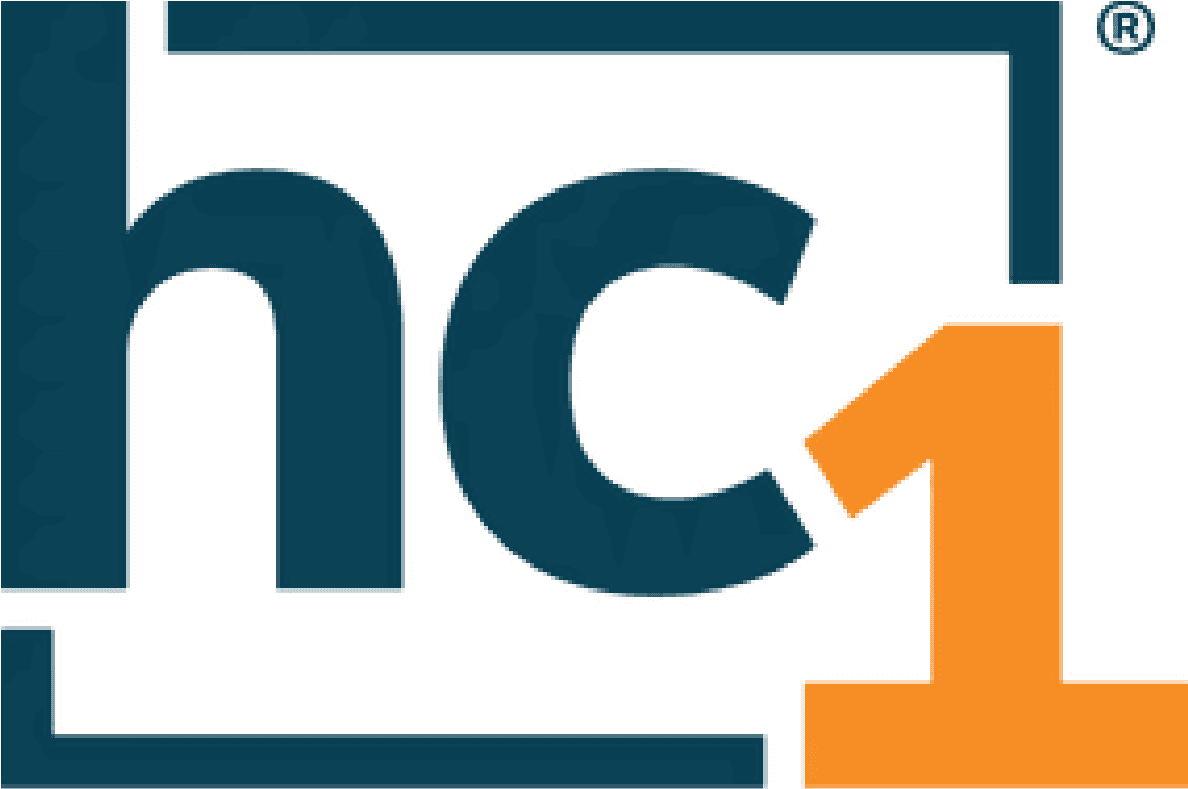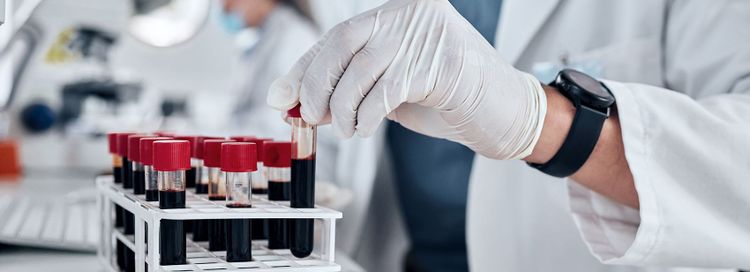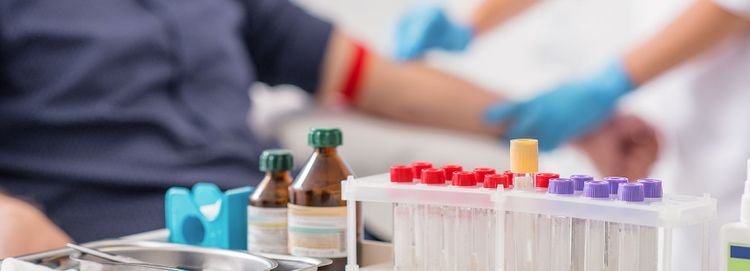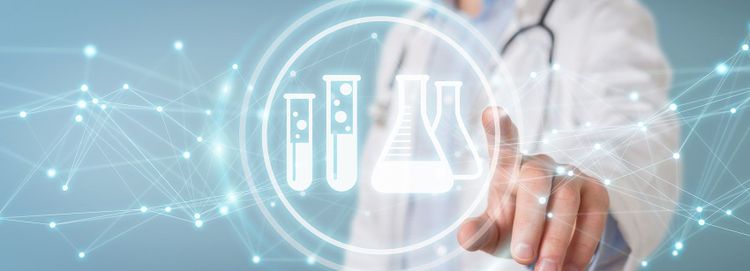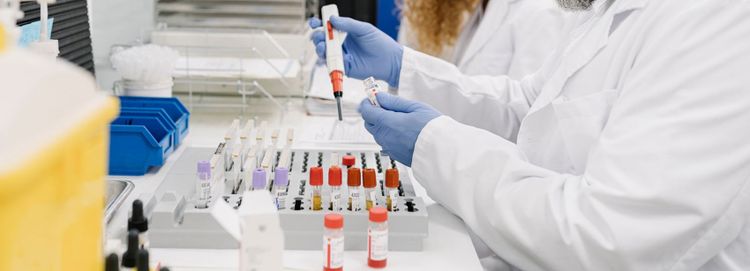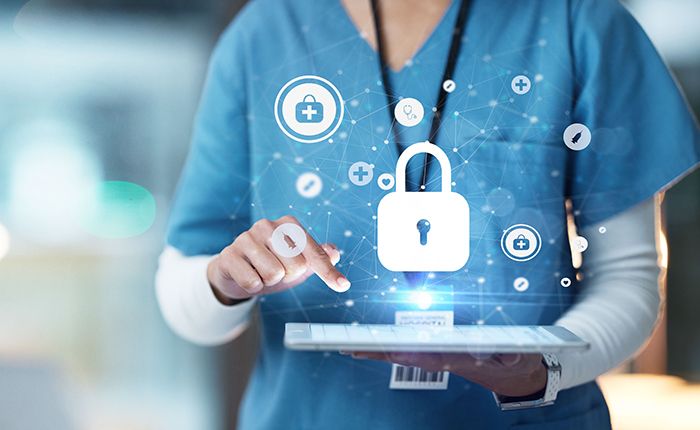August 6, 2019
There’s a new framework for judging the success of healthcare and it’s based on outcomes. This new paradigm of patient-centered care is now the bar that must be met for reimbursement. It requires delivering healthcare that is safe, effective, efficient, patient-centered, timely, and equitable.
To meet all these standards, the use of health informatics has grown increasingly sophisticated. Health informatics is an emerging science that combines healthcare, information technology, and communications to share medical data, facilitate coordination between providers, and encourage patient participation.
The ways in which it has improved patient outcomes in the last 5 years can be observed most readily in the following areas.
(1) Reduced error through shared medical data
The increased collection and automation of electronic health records (EHRs) reduce negative outcomes due to human error. Information gathered by a primary care provider is increasingly deposited into an EHR to keep track of a patient’s medications, allergies, and possible interactions. This information can be accessed to check for potential problems when a new medication is prescribed – especially in an emergency situation, or if the patient is unconscious.
Well-maintained EHRs ensure patients get the proper medication the first time to prevent allergic reactions. They can be set up to warn a provider before ordering a test a patient has already received or maybe it’s a high-cost to the patient.
In a paper-based setting, identifying potential safety problems is difficult and time-consuming. This can lead to medical consequences that take years to correct. Conversely, EHRs can expose potential safety problems before they occur, and help providers avoid serious medical errors thus leading to better patient outcomes.
(2) Increased efficiency through coordination
The last 5 years have seen a great increase in the amount of medical data created, used, edited, and viewed by multiple healthcare entities (such as clinicians, hospitals, insurance companies, and patients). As a result, many hands need to ‘touch’ these records.
Coordinating all this has been a crucial part of improved patient care, and informatics has greatly improved this. Clinicians who use this technology and incorporate data into their daily workflow see improved provider and patient satisfaction.
(3) Increased patient involvement, compliance through portals
A patient’s success story often depends to a large degree on their own compliance. With increasing access to portal platforms, many patients are taking a more active role in managing their health – an essential element of patient-centered care.
Portals also provide patients with a way to educate themselves, keep track of medications, and manage symptoms. They provide a more efficient way to interact with doctors and nurses more easily, and this leads to better outcomes as well.
Additionally, there is a rising patient demand for access to their own healthcare data. This has led to more personal use of EHRs such as providing a greater role for family and friends and sharing information and resources with others who have the same conditions. For example, the CHESS program, implemented as a result of a study by the Agency of Healthcare Research and Quality (AHRQ), has helped people with chronic illnesses (such as AIDS or cancer) more readily find access to resources, referrals, health services, and care.
Convenience is also a factor for improving patient compliance – and therefore patient outcomes. EHRs have added a great deal of convenience with regards to health care transactions such as e-prescribing (having prescriptions ordered and ready for pick-up before they leave the provider’s office), filing insurance claims from the provider’s office, and even accessing files or prescriptions away from home or while on vacation.
(4) Improved decision support
Clinicians and healthcare providers make a remarkable number of decisions about healthcare every day. EHRs help them make more efficient, more effective decisions about the care for their patients, leading to improved outcomes. They do this by:
- Improving aggregation, analysis, and communication of patient information
- Providing alerts and reminders
- Offering supporting evidence for diagnostic and therapeutic decisions
Interfacing data from various medical devices through custom applications provides not only valuable data with regards to a patient’s health, but also provides essential clinical decision support to help prevent patient harm.
Next era of health informatics – unlocking the potential of lab data
Front office and the exam room data has been corralled and utilized to help improve patient outcomes through informatics. However, the data is still siloed.
Silos are a fact because most healthcare institutions have their own lab information systems (LIS). None of these data caches talk to each other. You can export reports, but then what do you do with the information? For example, EHRs can provide the test results, but they cannot intuit where wasteful lab testing is happening.
The answer is to transform that lab data into personalized healthcare insights with a solution like hc1 Test Utilization™. This tool takes all lab data and builds a healthcare relationship matrix so clinicians gain clearer insights.
hc1 Test Utilization integrates everything to create a treasure trove of normalized data by:
- Removing duplication that comes from variants in naming and coding
- Standardizing the range differences (for example, normal may be a range of 1 to 5 in one place, and 2 to 4 in another)
- Ironing out the clinical variation and getting every physician on the same page
Health informatics provides a number of efficient solutions for improving patient outcomes. However, there’s a rich source data that is underutilized because lab data is siloed. An informatics tool such as Test Utilization provides a way to see test results at a global level. It is the next step in the evolution of health informatics and patient-centered healthcare.
